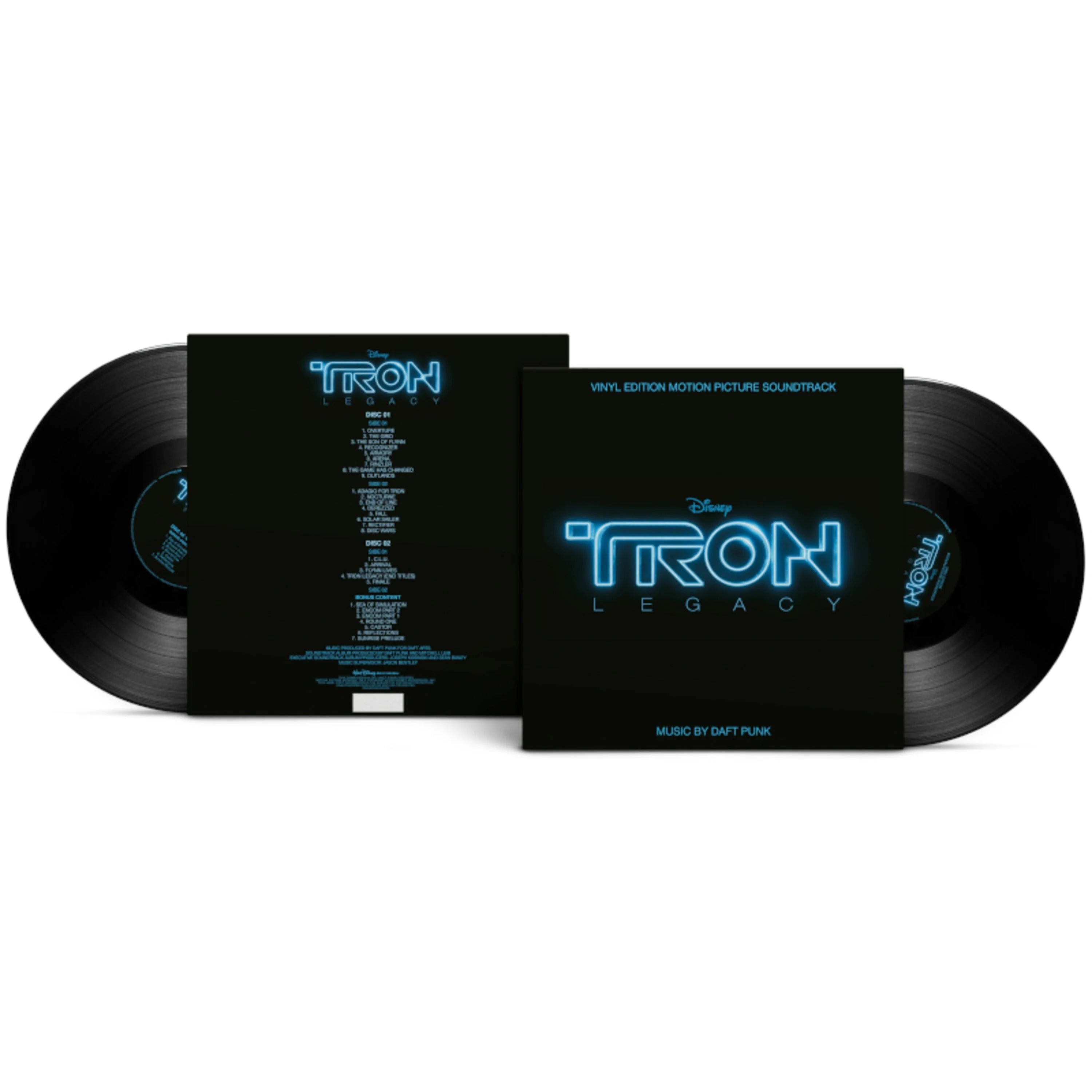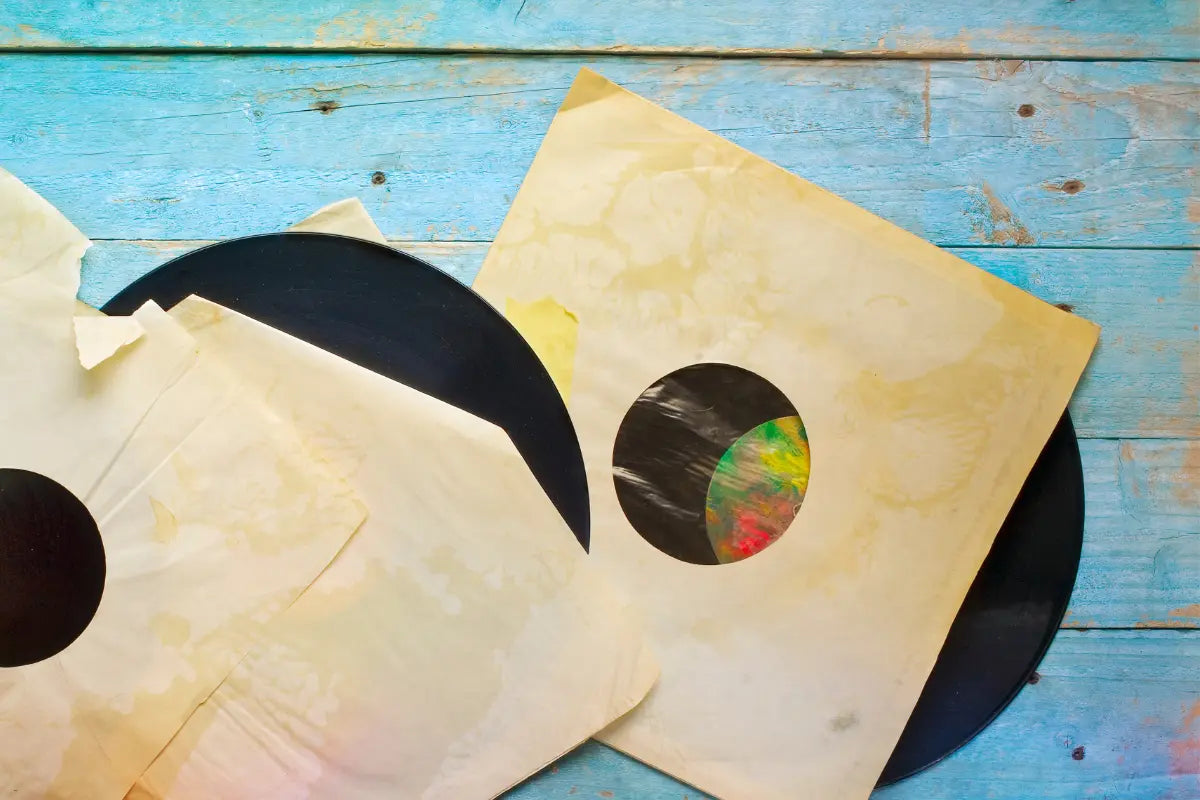Many collectors focus on their turntables, speakers, and outer covers, but often forget about something just as important—the inner sleeve. This simple item plays a significant role in keeping your records clean and undamaged over time. It shields your vinyl from scratches, static, and dust that can build up and cause sound issues. Over time, records stored without proper sleeves can become dirty or warped, leading to sound degradation. To protect your vinyl adequately, investing in quality sleeves is essential. Think of them as armor that defends your collection whenever you slide a record in or out of its jacket. Inner sleeves are the first and last defense when you listen to your favorite albums.
Types of Inner Sleeves and Their Core Functions
Main Options
When choosing the best inner sleeves for your vinyl collection, it's important to understand the different materials available. Paper sleeves are the most common and affordable, but can generate dust and static. Polyethylene sleeves are smoother and safer for long-term storage. Polypropylene sleeves are clear and more rigid, allowing for better visibility of your record labels. Hybrid sleeves combine a paper exterior with a plastic lining for the best of both worlds. Knowing the pros and cons of each option helps you make an informed decision to protect your records correctly.
Anti-Static Inner Sleeves
These sleeves are specially designed to reduce the static electricity that can build up on vinyl records. Static attracts dust, which can cause pops, clicks, and even minor scratching over time. Using anti-static sleeves keeps your records clean and improves playback quality. Such a simple change can significantly reduce wear on your records and keep your listening experience pristine.

Materials Comparison
Each inner sleeve material brings different benefits when it comes to preserving vinyl. Paper sleeves are breathable but prone to tearing. Polyethylene offers excellent protection and is budget-friendly. Polypropylene is more transparent, allowing easy viewing of record labels, but tends to be pricier. Hybrid sleeves balance cost, visibility, and protection well. Breathability matters because it helps prevent moisture buildup, while transparency makes cataloging easier. Balancing these features with your budget and goals will help you choose the ideal sleeve type for your personal or archival collection.
Sizing for Standard, Audiophile, and Picture Discs
Not all records fit into a one-size-fits-all sleeve. Standard 12-inch records are the most common, but audiophile vinyl often has thicker pressings requiring wider sleeves. Picture discs, which feature images printed on the vinyl surface, also demand extra care due to their unique construction. Oversized or misfitting sleeves can lead to friction damage. When shopping, always check the sleeve’s size and thickness rating. Proper sizing ensures a snug but gentle fit that avoids scuffing and supports long-term preservation without risking vinyl or label damage.
Best Practices for Storing and Handling Vinyl
Paired Outer Vinyl Protective Sleeves
While inner sleeves serve as the first layer of protection, combining them with outer vinyl record covers forms a complete shield around your records. Outer sleeves typically consist of thicker plastic, safeguarding the album cover from dust, moisture, and physical damage. This added layer is beneficial if your collection is frequently handled. Inner and outer sleeves prevent surface abrasion, reduce exposure to contaminants, and prolong your vinyl's functional integrity.
Humidity Control
Learning how to store vinyl correctly means more than just stacking it on a shelf. Records should always be stored vertically to prevent pressure damage and warping. Avoid areas with fluctuating temperatures or high humidity, as both can deteriorate the vinyl and the sleeves over time. Aim for a stable environment around 65–70°F with humidity levels between 45–50%. Keeping records away from windows, radiators, and direct sunlight helps maintain their condition. Invest in a simple hygrometer and thermometer to monitor the environment and make minor adjustments using dehumidifiers or fans.
Space-Saving Tips
Small spaces can accommodate records efficiently and safely. Vinyl record sleeves demand upright storage, and modular shelves are perfect for adapting to collection growth. Below are a few helpful strategies for maximizing storage:
- Choose Stackable Crates or Bins: Stackable crates and bins are among the most flexible options for vinyl storage, particularly if you're short on space or enjoy rearranging your layout occasionally. Select designs made with reinforced corners and solid bases that ensure proper weight distribution. Look for models specifically built for records, as dimensions will be optimized to keep albums upright without stressing the spines or causing tilting. When crates lack internal support, they risk bending sleeves or leaning into one another, which can warp the vinyl over time. Go with wood or heavy-duty plastic materials that resist bowing under weight for longevity. Some stackable systems also allow for easy additions or reconfigurations, making them ideal for growing collections.
- Use Risers on Lower Shelves: Risers or shelf lifts serve a protective function by preventing direct contact with ground-level surfaces that are often exposed to temperature fluctuations or minor water leaks. They also reduce the likelihood of bending or warping caused by uneven weight distribution or friction against a hard floor. Simple wood blocks, commercial furniture risers, or custom-cut legs can lift your lower shelves just a few inches, making a big difference in cleanliness and accessibility. Adding risers also creates an ergonomic benefit; you won’t need to crouch as low to access your albums, reducing physical strain during long listening sessions or sorting marathons. Additionally, this elevation provides opportunities for creative storage underneath.
- Install Wall-Mounted Shelving: It’s a practical solution for collectors working within tight quarters or shared living environments where floor space is at a premium. These shelves come in many styles but all share the advantage of keeping records elevated, secure, and easily visible. When choosing wall-mounted systems, ensure they can bear the considerable weight of vinyl albums (about 35 lbs per 100 records). Anchors and studs are critical to avoid disastrous shelf collapses. Modular wall-mounted units often feature adjustable dividers, allowing you to customize compartments by artist, genre, or format. Corner shelves are especially underutilized and can host featured or currently playing records in a stylish display fashion. Placing records higher also keeps them out of reach from pets and small children while minimizing risk from spilled drinks or foot traffic.
- Label Each Unit Clearly: Clear labeling enhances both the organization and usability of any record storage system, particularly as collections grow in size and complexity. When albums are densely packed or stacked vertically, it’s easy to forget where certain artists, genres, or pressings are located. Labeling each bin, crate, or shelf section speeds up retrieval and prevents unnecessary handling that can lead to wear or misplacement. Use durable, legible tags or inserts—laminated if needed—to mark categories like “Jazz Classics,” “Bootlegs,” “International Pressings,” or even “To Be Cleaned.” Consider printed vinyl decals or embossed plaques on wooden crates for a more polished look. Alphabet dividers are also a good option for open shelf systems, helping maintain order with minimal visual clutter.
- Add Pull-Out Drawers with Felt or Rubber Lining: Incorporating pull-out drawers into your vinyl storage design combines ease of access with superior record protection. Unlike open shelves where albums may be packed tightly, pull-out drawers let you slide records out smoothly without friction or risk of toppling adjacent titles. Felt or rubber lining within these drawers is a cushion, reducing vibration and potential scuffing while providing a non-slip base. This kind of lining is essential in rooms with frequent foot traffic or vibration, where micro-movements can cause records to shift. Pull-out drawers also lend themselves to creative sorting; you can dedicate each drawer to a specific theme or decade and label the front accordingly. Built-in stoppers prevent accidental overextension, adding another safety layer for your prized collection.
Organizing vinyl doesn’t have to be complicated or costly. You can build a protective and visually appealing system with the right approach and a few strategic upgrades.

Preventing Vinyl Warp and Sleeve Abrasion
Vinyl warp prevention starts with awareness and early detection. Warped records sound distorted and can even damage your turntable stylus if played. Check for warping by placing the record on a flat surface and observing any lift. To avoid warping, never store vinyl horizontally or near heat sources. Sleeve abrasion is another concern, where repeated removal from tight sleeves can scuff the surface.
Maintenance Routines That Complement Sleeve Use
Using a Vinyl Cleaning Kit
Dust, grime, and oils from fingertips can quickly build up on records, even when they’re stored correctly. A reliable kit includes a carbon fiber brush for dry cleaning, a soft pad or microfiber cloth, and a non-alcoholic cleaning solution designed for vinyl. These tools help remove embedded particles from the grooves without causing surface scratches. For collectors with large or high-value archives, investing in vacuum or ultrasonic record cleaners can significantly elevate their vinyl record care routine. Vacuum cleaners use suction to pull debris out of grooves, while ultrasonic models use sound waves in a water bath to dislodge micro-particles. Though more expensive than manual kits, they offer deep cleaning that manual methods can’t always match. These machines are ideal for secondhand finds or albums that have been neglected.
Record Player Maintenance
Maintaining your turntable is just as critical as caring for your vinyl. A neglected stylus can carve into records, permanently altering the sound. Use the checklist below to simplify maintenance:
- Clean the Stylus Weekly: Regular stylus cleaning is a foundational step in turntable upkeep. The stylus, or needle, is responsible for tracing the grooves of a record and translating them into sound. Over time, microscopic dust, lint, and remnants of degraded vinyl compound can build up on the stylus tip. This debris not only dulls sound quality but also increases friction and heat, which can hasten wear on both the needle and your records. To clean it effectively, use a stylus-specific brush with soft, directional bristles designed to sweep gently from back to front (never side to side or front to back, as these motions can bend the stylus's cantilever). Alternatively, polymer cleaning gels offer a modern approach: the stylus is lightly dipped into the gel, which clings to particles and lifts them off without abrasion. Specialized stylus cleaners with anti-static properties are also available for more stubborn grime.
- Balance the Tonearm: Achieving the correct tonearm balance is crucial to preserving your stylus and records while delivering accurate playback. If a tonearm is too heavy, it can dig the stylus deep into the groove, leading to unnecessary wear and muddied sound. If it is too light, the needle may skip or mistrack, causing erratic playback and potential surface damage. Start by removing the stylus guard and disengaging the anti-skate feature. Adjust the counterweight at the back of the tonearm until the arm floats parallel to the turntable platter.
- Adjust Anti-Skate Settings: As a record spins, natural centripetal force pulls the tonearm inward toward the center. This bias can cause uneven stylus pressure between the left and right channels, resulting in distortion, particularly during playback of inner grooves. Anti-skate mechanisms counteract this pull by applying an outward force, keeping the stylus centered within the groove. Many turntables offer a numbered dial, which should typically match the tracking force (e.g., 2 grams of tracking force calls for a setting of 2 on the anti-skate dial). However, optimal settings may vary depending on tonearm geometry and cartridge compliance. Some audiophiles use blank records or test LPs to fine-tune anti-skate, listen for distortion shifts between channels, or assess stylus drag visually. Others employ precision tools like test tones and oscilloscopes.
- Inspect Cartridge Alignment Periodically: Cartridge alignment is critical for accurate tracking and audio clarity. If a cartridge is misaligned, the stylus may not follow the groove properly, leading to distortion, excessive surface noise, and premature groove wear. Minor shifts from handling or vibration can alter alignment, even if it was initially precise. Using a protractor tool allows you to check for proper alignment at key points across the record’s radius. Most tools follow the Baerwald, Stevenson, or Loefgren alignment geometry, each designed to minimize tracking error across the record.
These practices ensure that the music you love remains immersive and true to the artist’s original vision.
Triage Tips for Bulk Collections
Acquiring vintage vinyl records through estate sales, relatives, or bulk buys can be exciting and overwhelming. These collections often contain a mix of well-preserved titles and neglected or damaged records. Inspect each album’s condition visually and physically, paying attention to deep scratches or mildew. Clean each playable record before re-sleeving and avoid placing anything in its new sleeve until it's been inspected. This triage approach helps you prioritize which albums to keep or discard.

The value of a record goes far beyond what’s pressed into its grooves. Every album holds memories, artistic intention, and cultural significance, and it deserves protection that honors that legacy. Thoughtfully chosen inner and outer sleeves are a quiet but powerful tool in this mission. Whether you're safeguarding a limited-edition reissue or a treasured hand-me-down, innovative sleeve strategies keep physical damage at bay. For collectors focused on maintaining long-term sentimental worth, using album sleeves for records becomes a crucial part of daily stewardship.



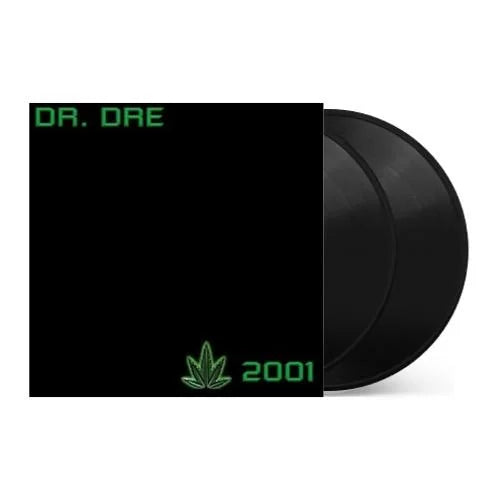

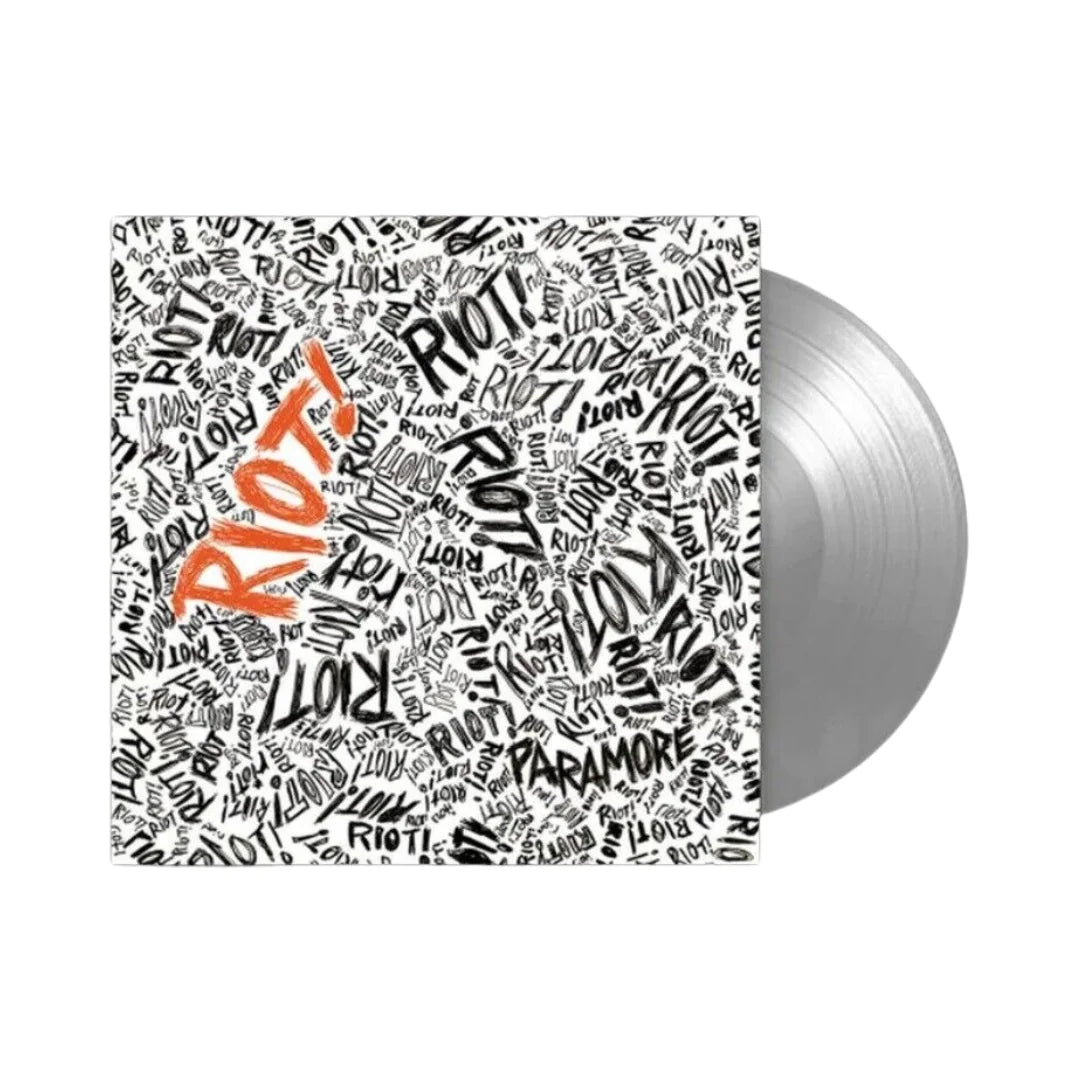
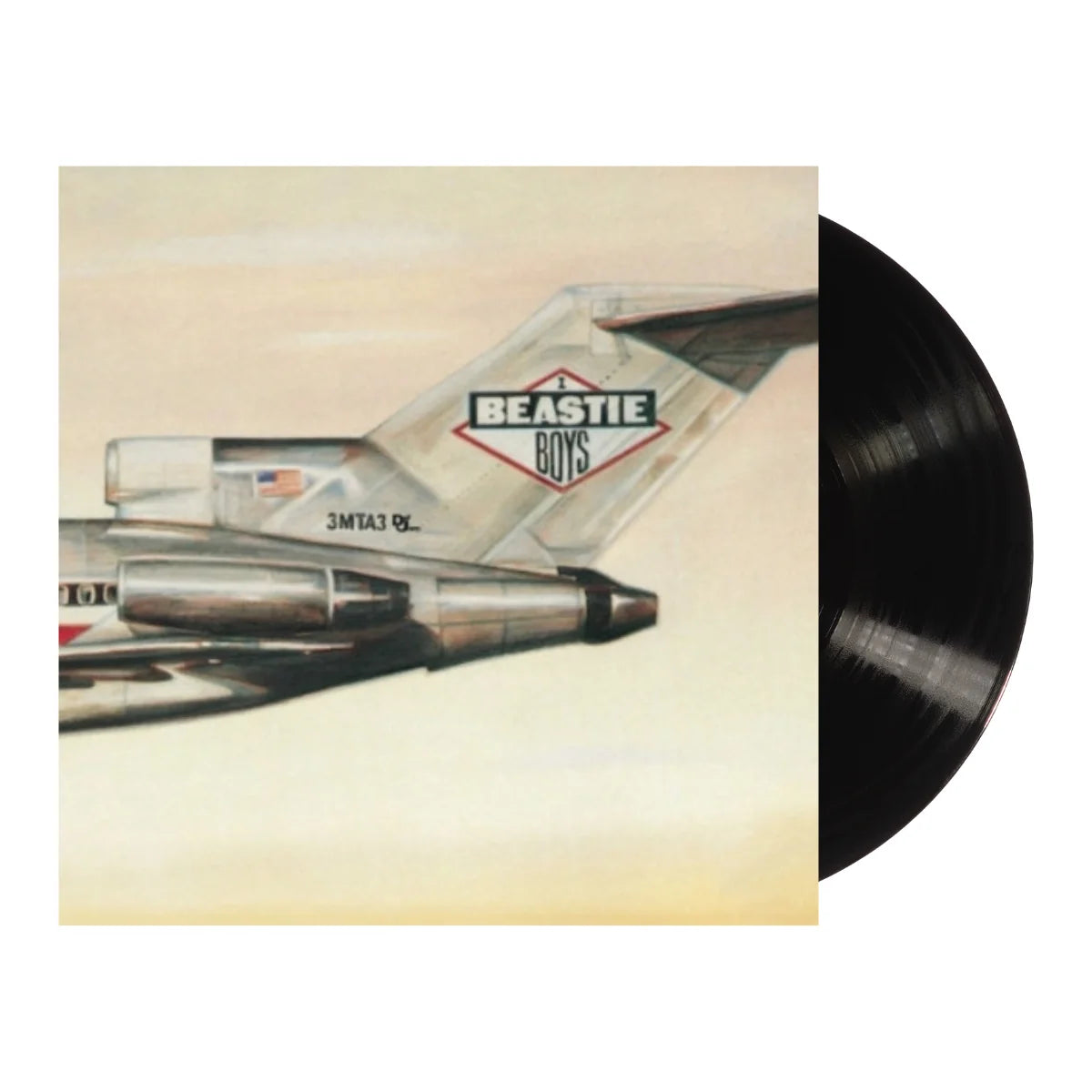


![$Uicideboy$ - Thy Kingdom Come [Clear]](http://vinyl.com/cdn/shop/files/4435583-3407920.jpg?v=1754460746&width=5760)
![(hed) p.e. - New And Improved [Pink]](http://vinyl.com/cdn/shop/files/4425252-3389420.jpg?v=1746578880&width=5760)

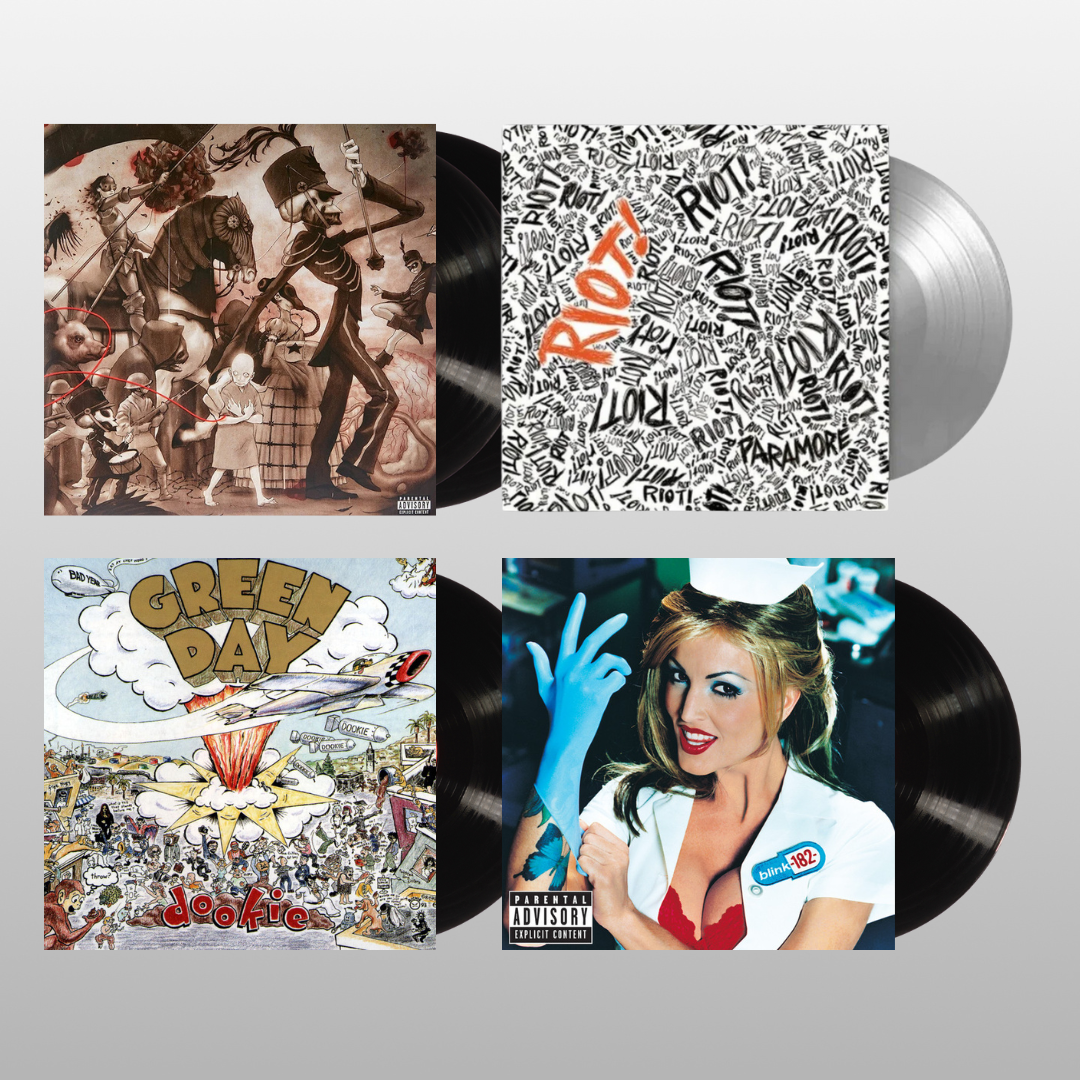

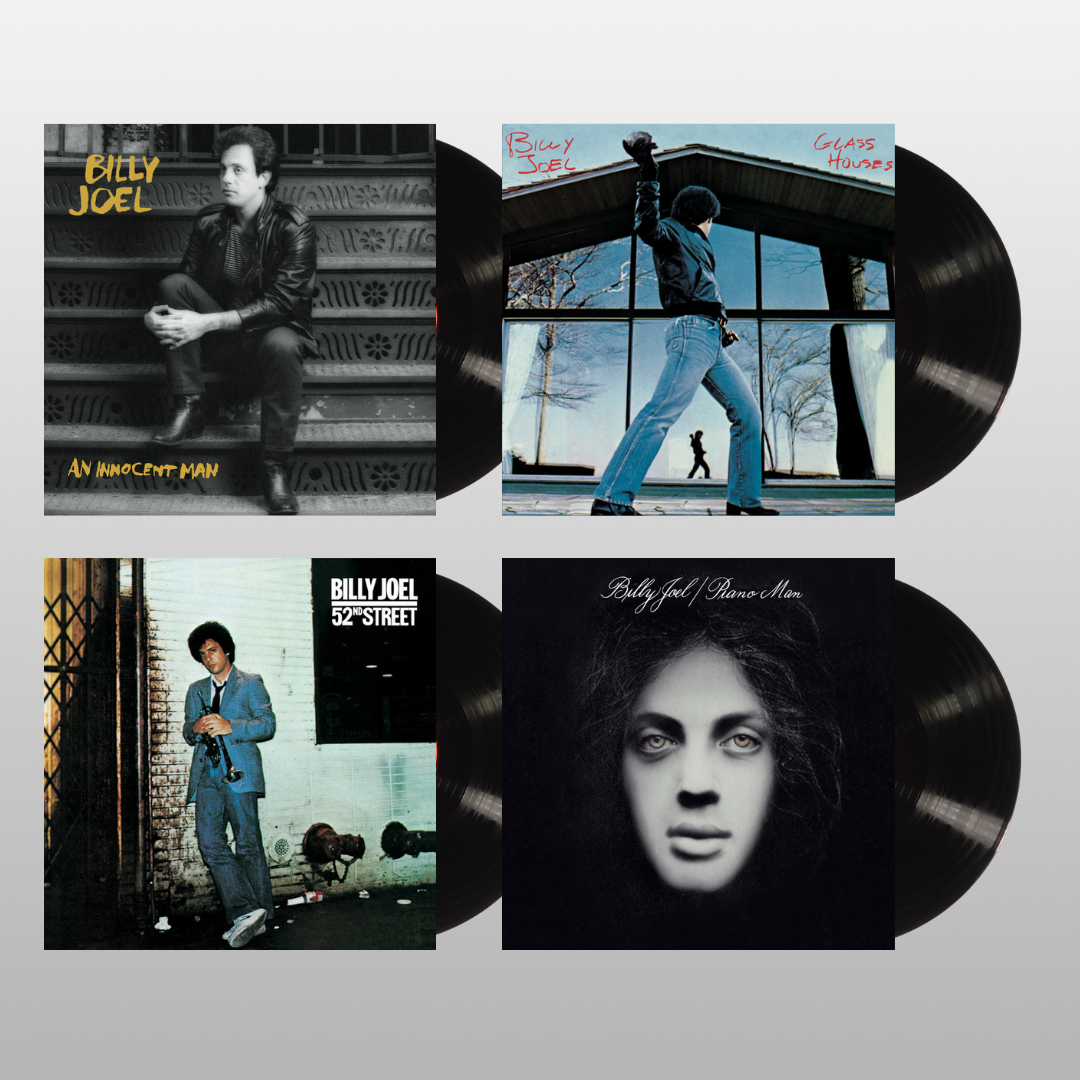
![The Grateful Dead - The Music Never Stopped [6LP Box Set]](http://vinyl.com/cdn/shop/files/The_Grateful_Dead-The_Music_Never_Stopped__6LP_Box_Set.jpg?v=1747729623&width=5760)
![Fleetwood Mac - Fleetwood Mac 1975 To 1987 [Clear 6LP Box Set]](http://vinyl.com/cdn/shop/files/2RHILP81833__61378.jpg?v=1743391443&width=5760)
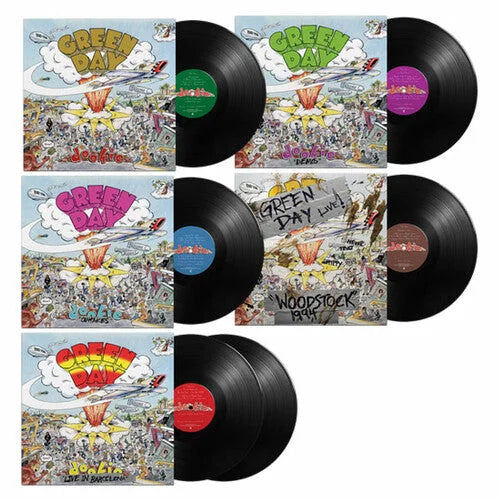
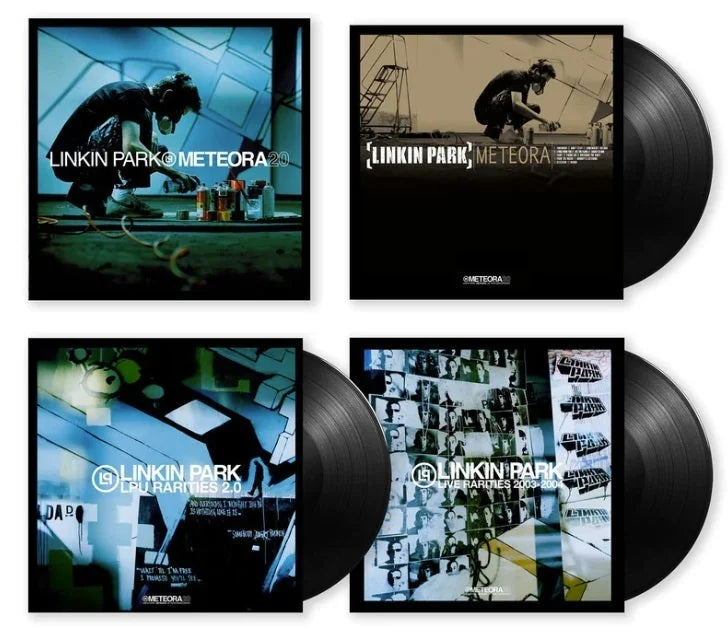


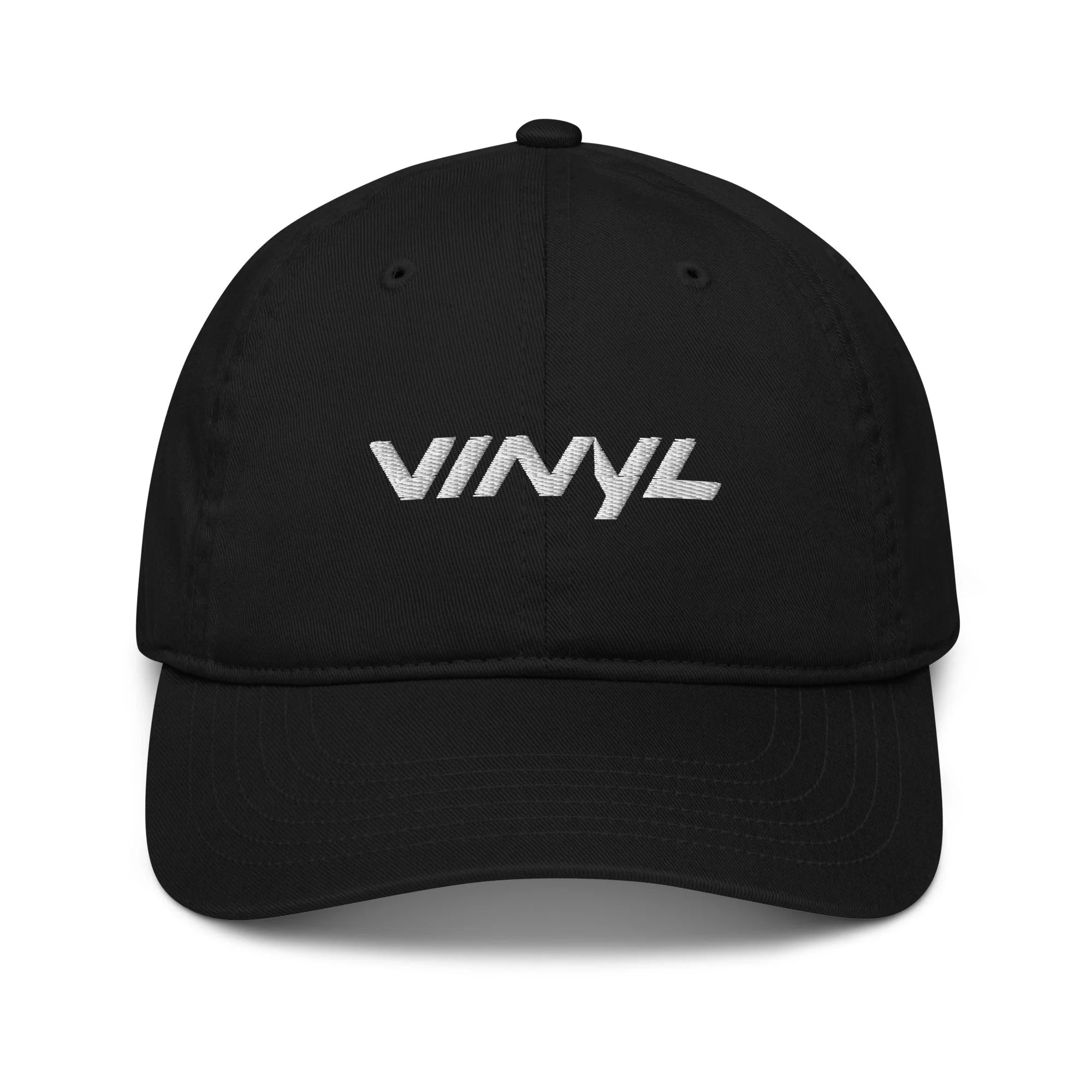

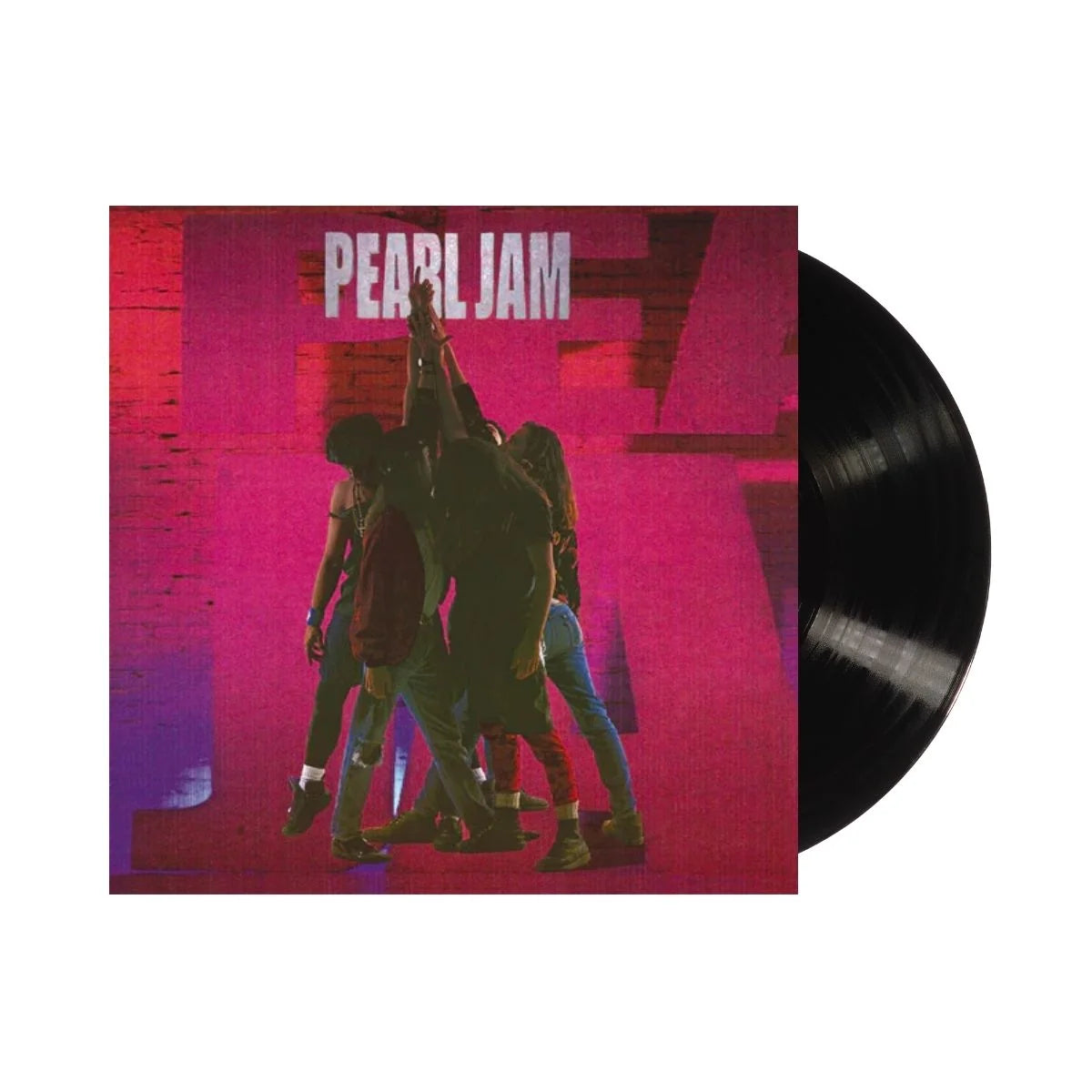
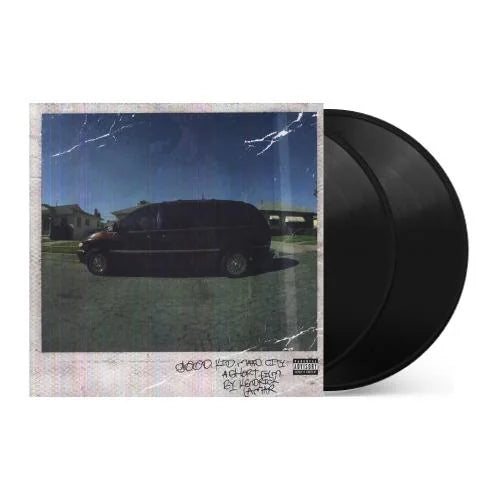
![Taylor Swift - 1989 (Taylor's Version) [2LP Crystal Skies Blue]](http://vinyl.com/cdn/shop/files/taylor_swift_1989_taylors_version.jpg?v=1734389117&width=5760)

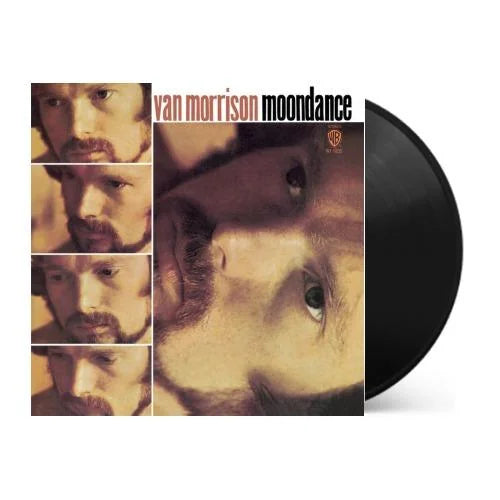
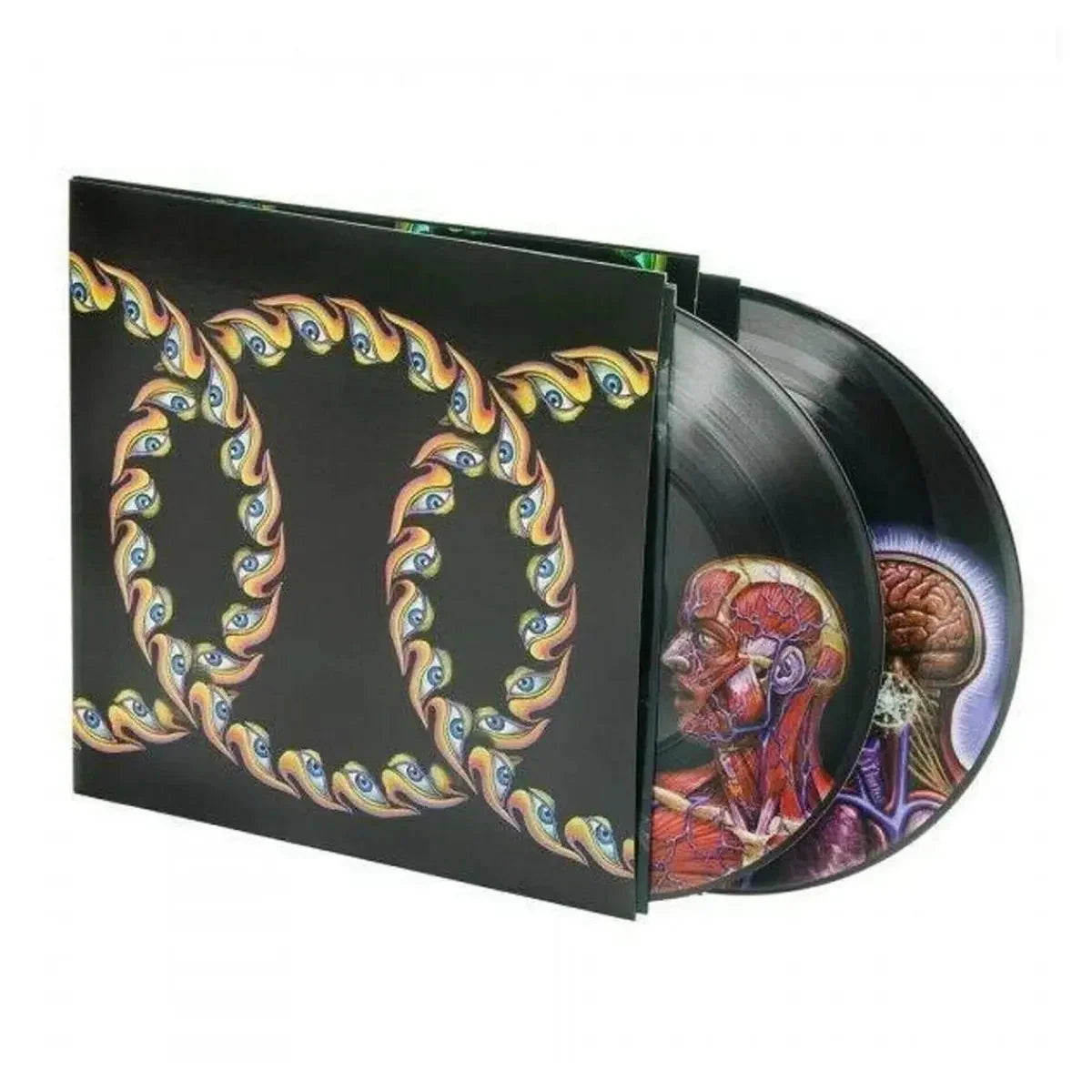
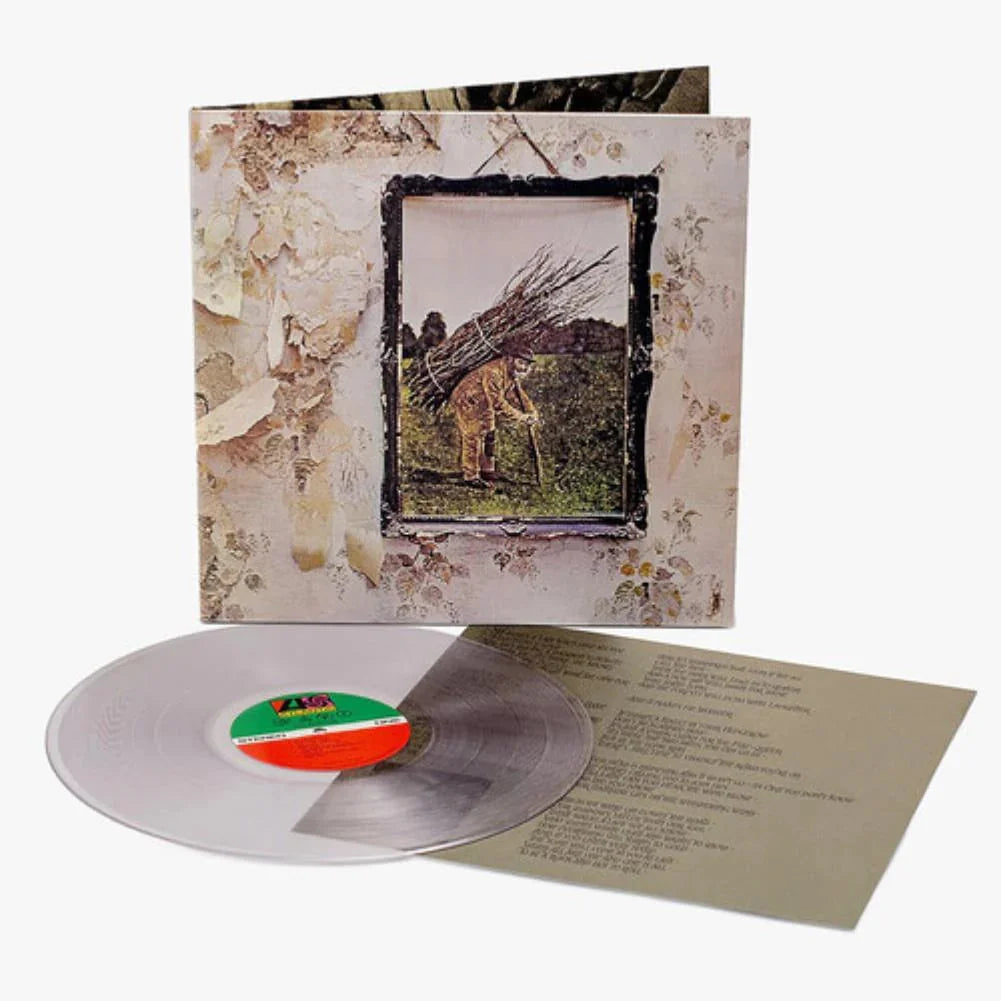
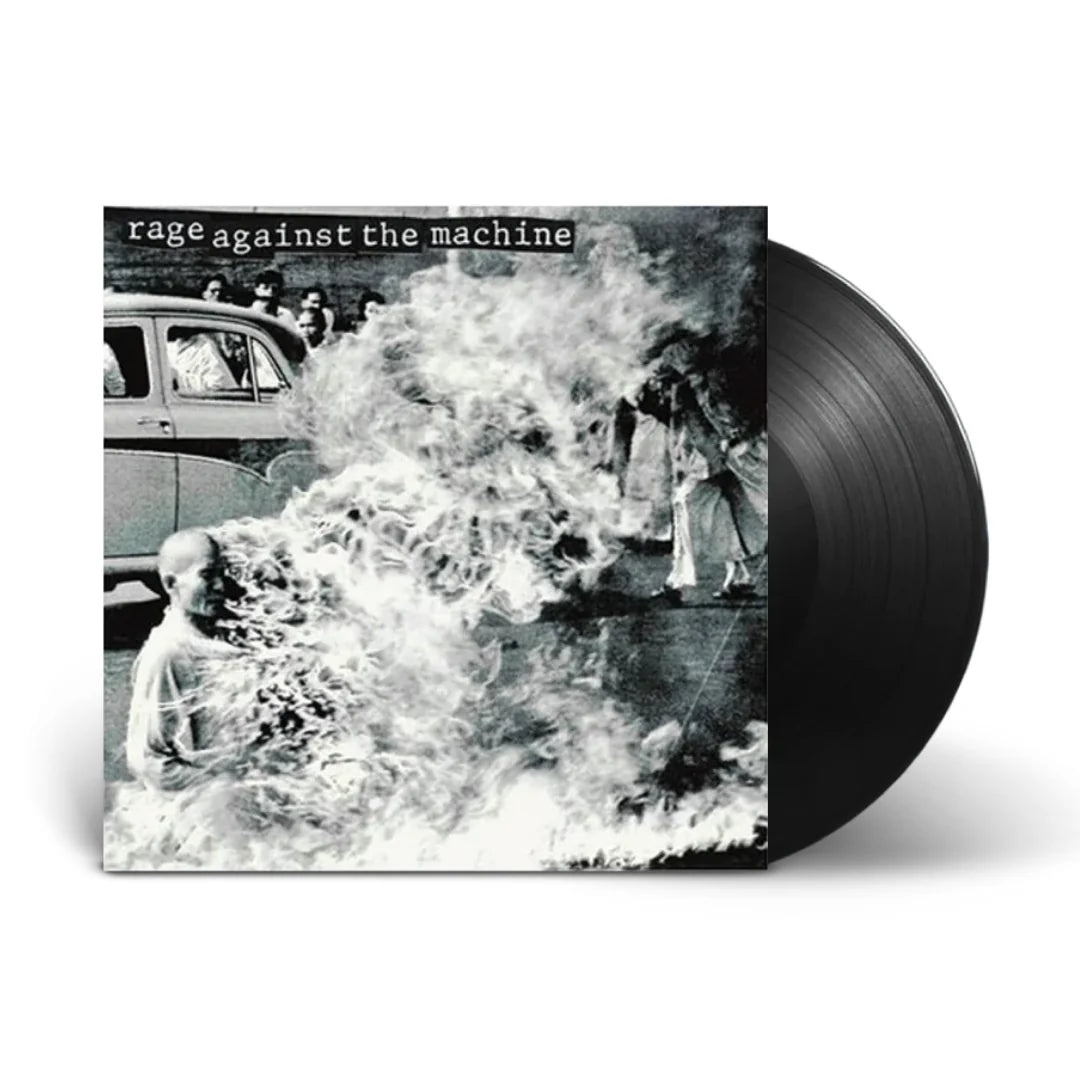
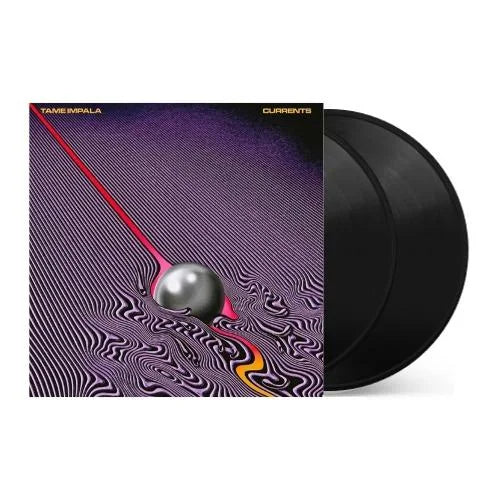
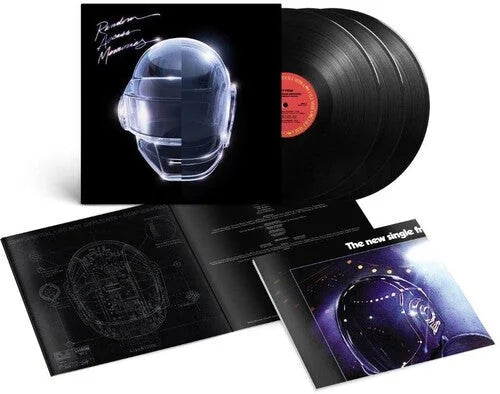
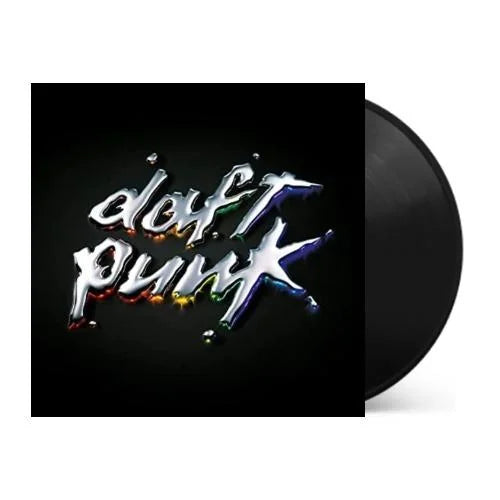

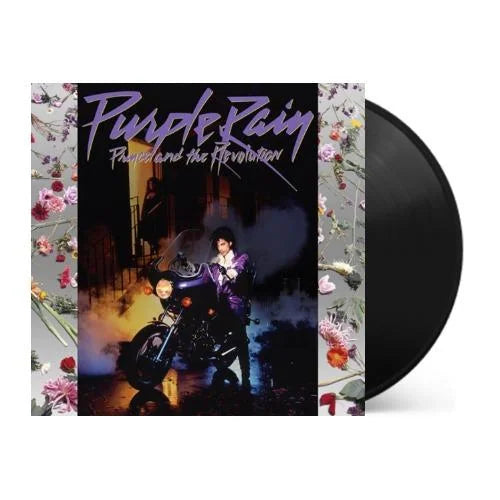

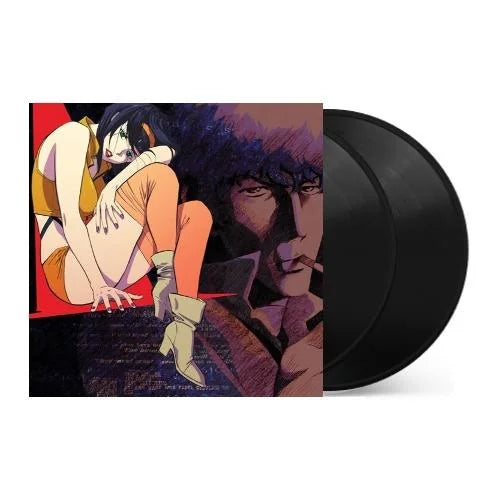

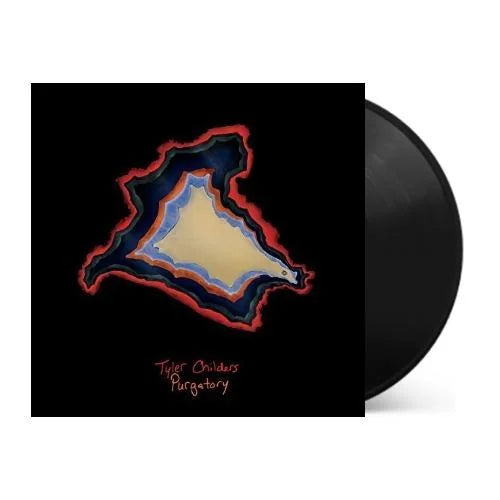
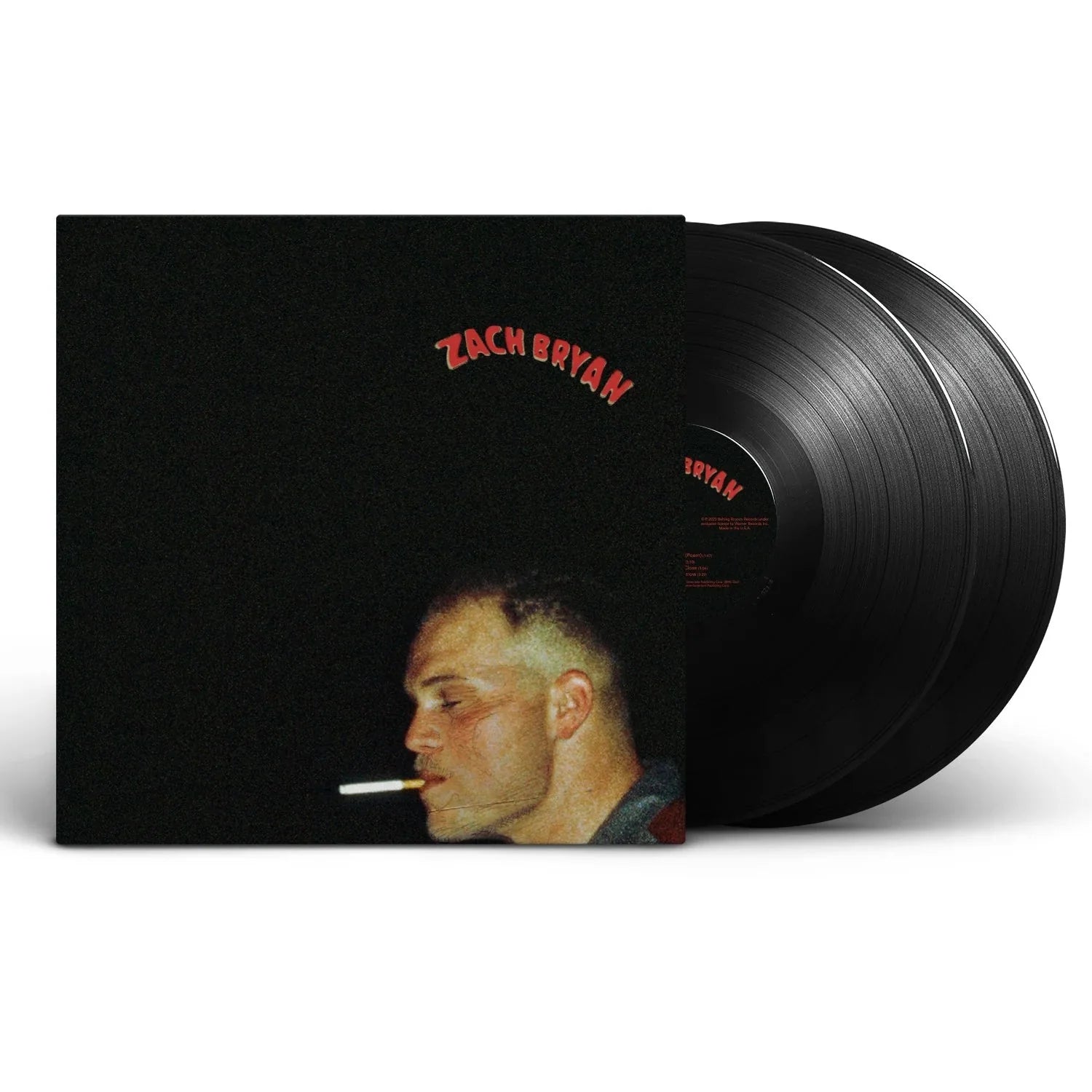
![Grace Jones - Nightclubbing [Gold]](http://vinyl.com/cdn/shop/files/4407705-3329230.jpg?v=1742429522&width=5760)

![Debbie Harry - KooKoo [2LP Clear]](http://vinyl.com/cdn/shop/files/4025259-2960387.jpg?v=1682465873&width=5760)
![Miles Davis - Kind of Blue [180-gram]](http://vinyl.com/cdn/shop/files/Y4LPMD03.webp?v=1742198237&width=5760)

![Various Artists - Once Upon A Time: The Tarantino Sound [Red 180-Gram]](http://vinyl.com/cdn/shop/files/4376720-3283530.jpg?v=1733870948&width=5760)

